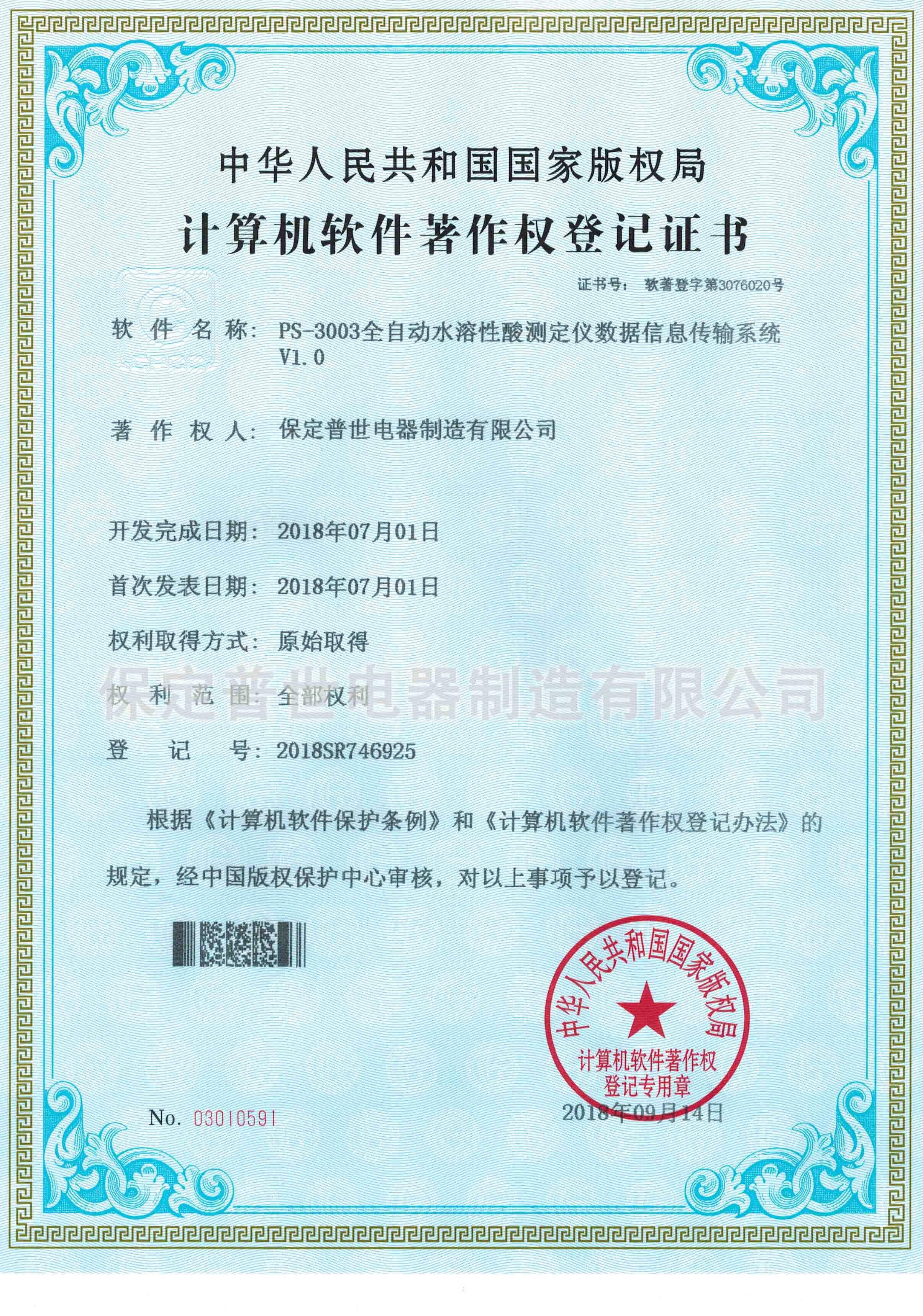 English
English



-
 Afrikaans
Afrikaans -
 Albanian
Albanian -
 Amharic
Amharic -
 Arabic
Arabic -
 Armenian
Armenian -
 Azerbaijani
Azerbaijani -
 Basque
Basque -
 Belarusian
Belarusian -
 Bengali
Bengali -
 Bosnian
Bosnian -
 Bulgarian
Bulgarian -
 Catalan
Catalan -
 Cebuano
Cebuano -
 China
China -
 China (Taiwan)
China (Taiwan) -
 Corsican
Corsican -
 Croatian
Croatian -
 Czech
Czech -
 Danish
Danish -
 Dutch
Dutch -
 English
English -
 Esperanto
Esperanto -
 Estonian
Estonian -
 Finnish
Finnish -
 French
French -
 Frisian
Frisian -
 Galician
Galician -
 Georgian
Georgian -
 German
German -
 Greek
Greek -
 Gujarati
Gujarati -
 Haitian Creole
Haitian Creole -
 hausa
hausa -
 hawaiian
hawaiian -
 Hebrew
Hebrew -
 Hindi
Hindi -
 Miao
Miao -
 Hungarian
Hungarian -
 Icelandic
Icelandic -
 igbo
igbo -
 Indonesian
Indonesian -
 irish
irish -
 Italian
Italian -
 Japanese
Japanese -
 Javanese
Javanese -
 Kannada
Kannada -
 kazakh
kazakh -
 Khmer
Khmer -
 Rwandese
Rwandese -
 Korean
Korean -
 Kurdish
Kurdish -
 Kyrgyz
Kyrgyz -
 Lao
Lao -
 Latin
Latin -
 Latvian
Latvian -
 Lithuanian
Lithuanian -
 Luxembourgish
Luxembourgish -
 Macedonian
Macedonian -
 Malgashi
Malgashi -
 Malay
Malay -
 Malayalam
Malayalam -
 Maltese
Maltese -
 Maori
Maori -
 Marathi
Marathi -
 Mongolian
Mongolian -
 Myanmar
Myanmar -
 Nepali
Nepali -
 Norwegian
Norwegian -
 Norwegian
Norwegian -
 Occitan
Occitan -
 Pashto
Pashto -
 Persian
Persian -
 Polish
Polish -
 Portuguese
Portuguese -
 Punjabi
Punjabi -
 Romanian
Romanian -
 Russian
Russian -
 Samoan
Samoan -
 Scottish Gaelic
Scottish Gaelic -
 Serbian
Serbian -
 Sesotho
Sesotho -
 Shona
Shona -
 Sindhi
Sindhi -
 Sinhala
Sinhala -
 Slovak
Slovak -
 Slovenian
Slovenian -
 Somali
Somali -
 Spanish
Spanish -
 Sundanese
Sundanese -
 Swahili
Swahili -
 Swedish
Swedish -
 Tagalog
Tagalog -
 Tajik
Tajik -
 Tamil
Tamil -
 Tatar
Tatar -
 Telugu
Telugu -
 Thai
Thai -
 Turkish
Turkish -
 Turkmen
Turkmen -
 Ukrainian
Ukrainian -
 Urdu
Urdu -
 Uighur
Uighur -
 Uzbek
Uzbek -
 Vietnamese
Vietnamese -
 Welsh
Welsh -
 Bantu
Bantu -
 Yiddish
Yiddish -
 Yoruba
Yoruba -
 Zulu
Zulu
current transformer polarity test
Understanding Current Transformer Polarity Test
Current transformers (CTs) are integral components in electrical power systems, used primarily for measuring alternating current (AC) and for protecting equipment. Ensuring their accuracy and reliability involves conducting various tests, one of which is the polarity test. This article will delve into the significance of current transformer polarity testing, the procedures involved, and its impact on electrical system reliability.
What is Polarity in Current Transformers?
Polarity in current transformers refers to the direction of the current flow and how it correlates to the transformation of current from primary to secondary circuits. Correct polarity ensures that the current reading on the secondary side reflects the actual current flowing through the primary side. Inaccurate polarity settings can lead to erroneous readings, adversely affecting operational decisions, protection schemes, and overall system reliability.
Importance of Polarity Testing
1. Accurate Measurement One of the primary reasons for conducting a polarity test is to guarantee that measurements taken from the CT are valid. If the polarity is incorrect, it can lead to significant errors in current readings, which can misguide operators or automated systems.
2. Protective Relay Operations In power systems, protective relays are deployed to trip circuit breakers during fault conditions. Incorrect polarity can result in faulty relay operations, potentially leading to equipment damage, system instability, or even catastrophic failures.
3. System Coordination Properly functioning CTs are paramount for coordination among various protective devices within the electrical network. The effects of incorrect polarity can propagate across the system, causing misoperations that might not be immediately evident.
4. Safety Maintaining accurate current measurement and protection schemes enhances safety for personnel and equipment alike. Miscommunication within the system caused by polar errors can lead to unsafe conditions.
The Process of Current Transformer Polarity Testing
current transformer polarity test

Conducting a polarity test typically involves the following steps
1. Preparation Ensure that all safety protocols are in place. Disconnect the CT from circuits to avoid any unintended energization. Verify that the test equipment is working correctly.
2. Identification of Terminals Each current transformer will have primary and secondary terminals marked. Familiarize yourself with the markings which typically include + (positive) and - (negative) indications.
3. Connecting the Test Equipment Use a polarity testing device or a suitable AC source. Connect the test device to the CT terminals in accordance with the manufacturer's guidelines. This equipment is designed to inject a known current through the primary winding.
4. Injecting Current Once the connections are made, a small AC current is injected through the CT. The voltage output from the secondary winding is then monitored.
5. Checking Output A correct polarity will show that the secondary current flows in the expected direction relative to the primary current. This can be confirmed through phase angle measurements, where aligned vectors indicate correct polarity.
6. Documentation Record the findings of the test, noting any discrepancies in polarity and taking corrective measures if required. Ensure that all results are documented for future reference and compliance with regulatory standards.
Conclusion
The current transformer polarity test is a critical procedure that contributes significantly to the overall functionality and safety of power systems. By ensuring accurate current measurements and protective relay operations, electricity providers can protect equipment, ensure reliability, and enhance safety for personnel. Regular maintenance, including polarity testing, forms a part of good operational practice in electrical engineering. As power systems become increasingly complex, the role of polarity testing will continue to be vital in maintaining the integrity and performance of electrical infrastructure.
-
Exploring the Main Types of Industrial Endoscopes and Their Applications Across IndustriesNewsJul.04,2025
-
Testing Equipment Industry Sees Major Advancements in 2025: Smart & Precision Technologies Lead the WayNewsJun.06,2025
-
Applications of Direct Current Generators in Renewable Energy SystemsNewsJun.05,2025
-
Hipot Tester Calibration and Accuracy GuidelinesNewsJun.05,2025
-
Digital Circuit Breaker Analyzer Features and BenefitsNewsJun.05,2025
-
Benefits of Real-Time Power Quality Monitoring Devices for Industrial EfficiencyNewsJun.05,2025



